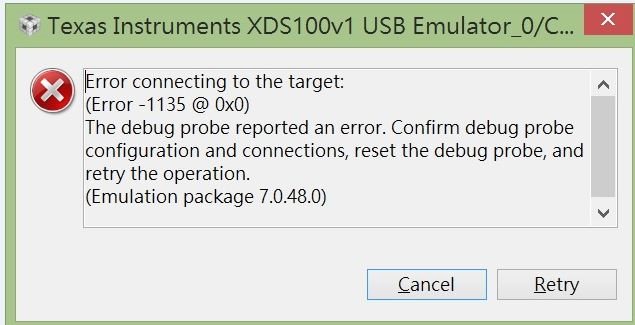Other Parts Discussed in Thread: CONTROLSUITE, POWERSUITE, SFRA
Tool/software: Code Composer Studio
Dear Sir,
I have a “C2000 2 Phase Interleaved Power Factor Correction Kit” with “Piccolo F28035 Isolated controlCard”. According to the TIDU249 (ILPFC, http://www.ti.com/lit/ug/tidu249/tidu249.pdf), I want to compiler the project (C:\ti\controlSUITE\development_kits\ILPFC_v1.3) to a ram mode for debugging. So,
1. how can I change from F2803x_FLASH mode to F2803x_RAM mode ?
2. There is an error while I going to debug mode. How can I resolve the problem ?
3. My development environment is Win7 and CCS7.
Any one help will be very appreciated.
Hung-Jin Chen



